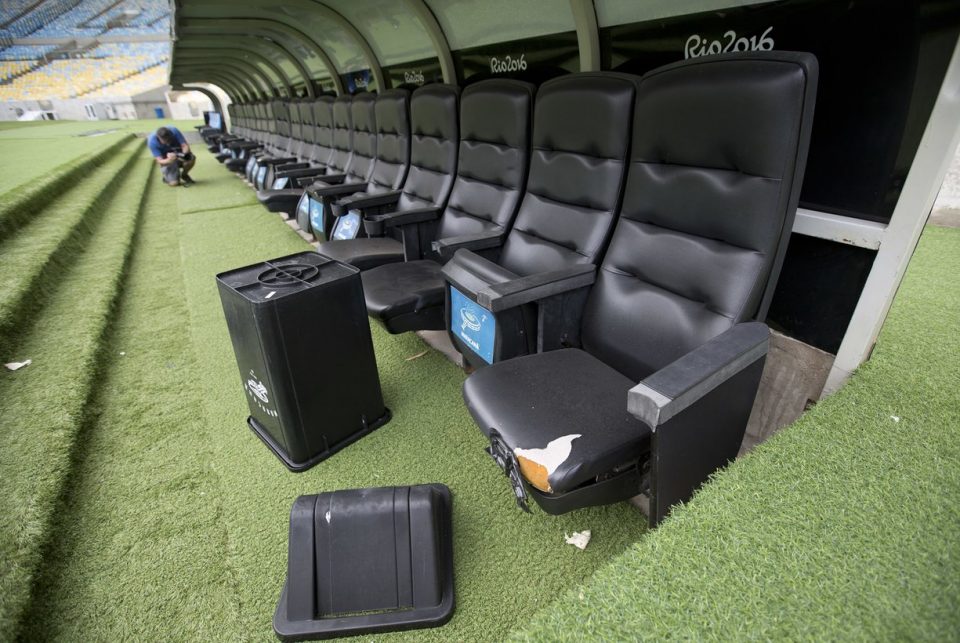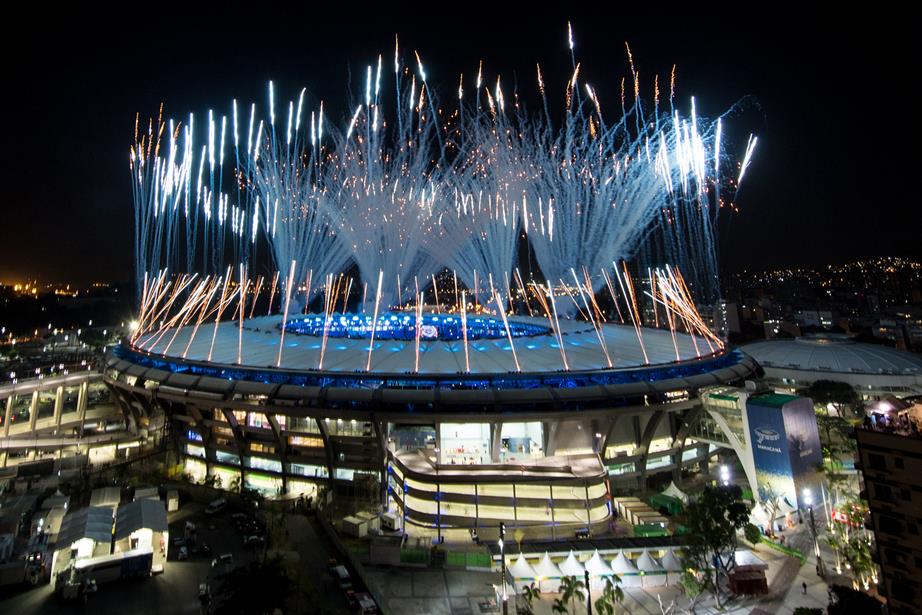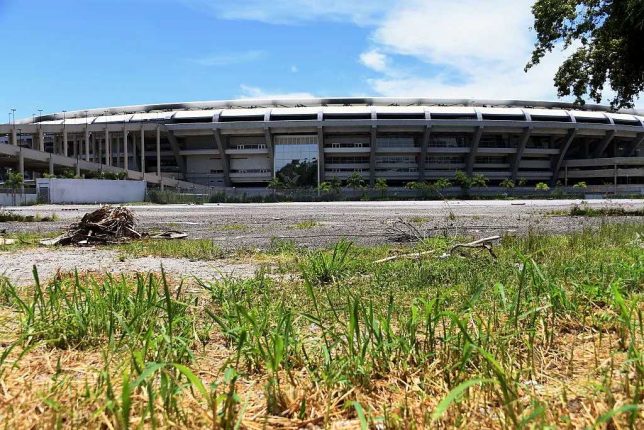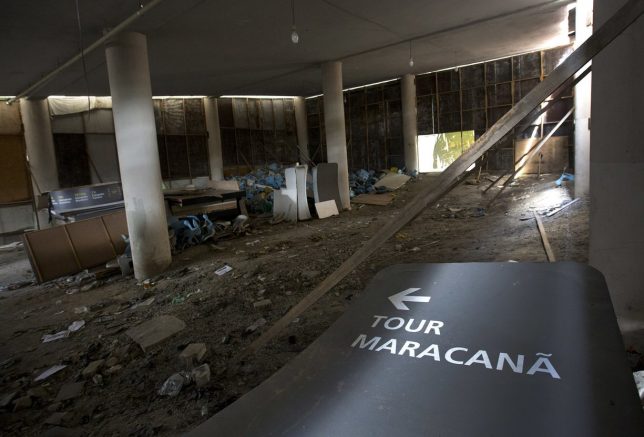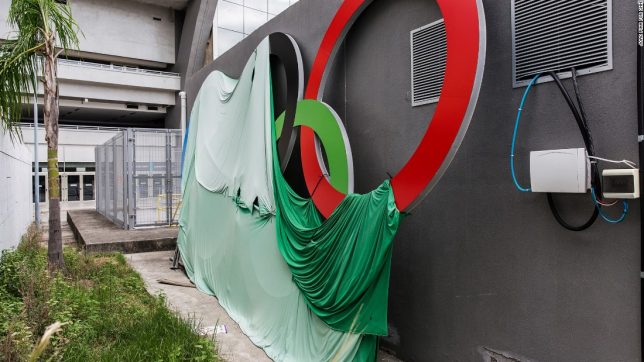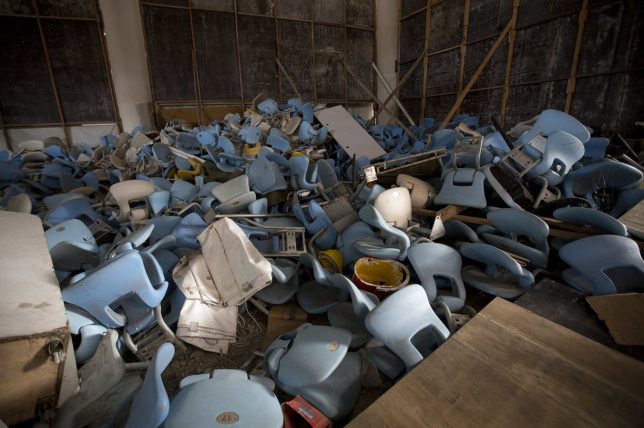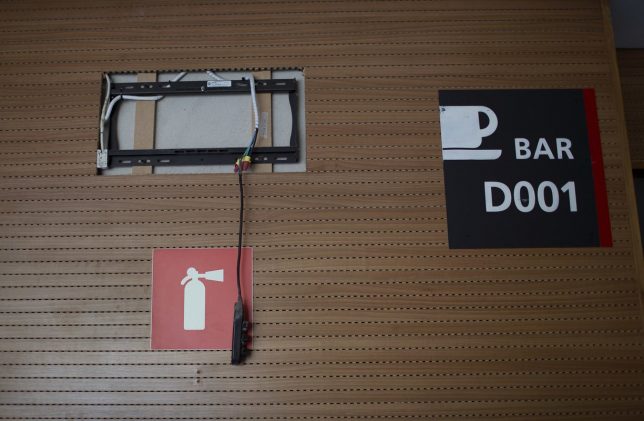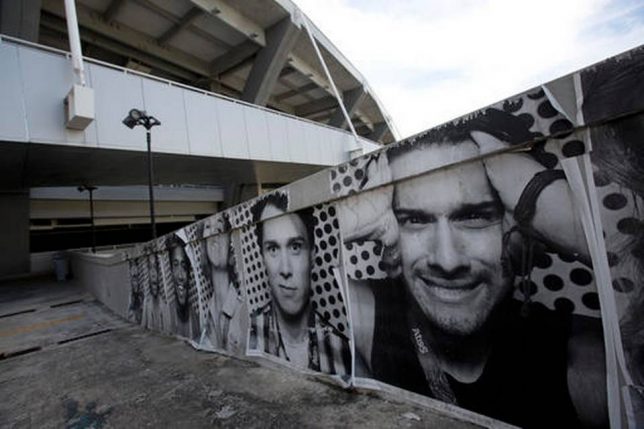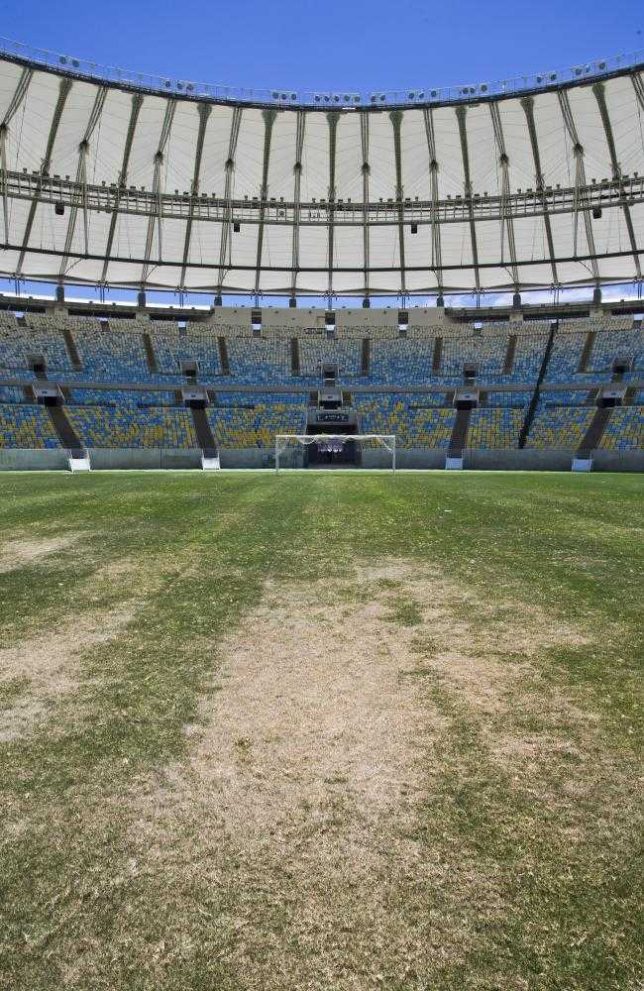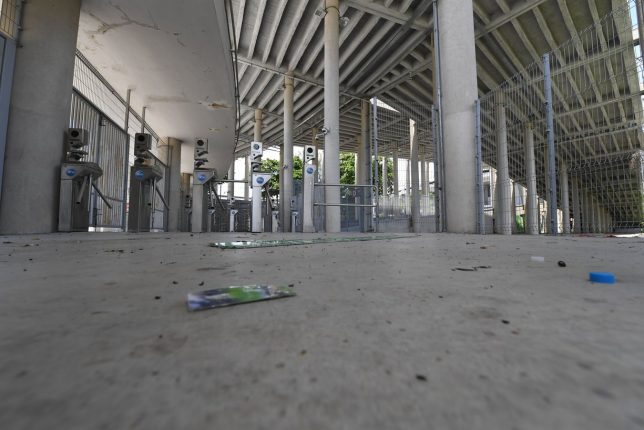Barely completed in time, venues at the 2016 Summer Olympic Games in Rio de Janeiro, Brazil are going south in a big way now that the athletes have left.
The Games of the XXXI Olympiad – Rio 2016 for short – were meant to do for Brazil what the 2008 Summer Olympics in Beijing did for China: announce the host nation’s arrival on the world stage.
Critics of Rio’s winning bid were placated by that old chestnut; “hosting the Games will bring improved infrastructure and services that will benefit residents far into the future.” So how’s that working out, less than a year after the circus left town?
Rio’s Olympics weren’t all that popular with cariocas (Rio de Janiero-ians) from the get-go, and let’s recall that Brazil’s economy was booming back in October of 2009 when the Games were awarded. In 2014, a massive financial scandal coupled with the onset of Brazil’s worst economic recession since 1990 put a huge financial squeeze on preparations for the Games. With funds tighter than a gymnast’s tendons, corners were cut and, well, you know the story – it’s a wonder the Games were as problem-free as they appeared on TV.
Good thing Rio’s poorer residents had so much to look forward to once the Games ended. Too bad their hopes focused on looting the lightly-guarded facilities of anything valuable – payback, of a sort, for their sense of disenfranchisement and a conviction that the only ones to benefit from the Olympic Games were the rich and powerful. These images depict the jewel in Rio’s Olympic crown, Maracanã Stadium, mere months after the Games ended with a bang at the Closing Ceremonies.
